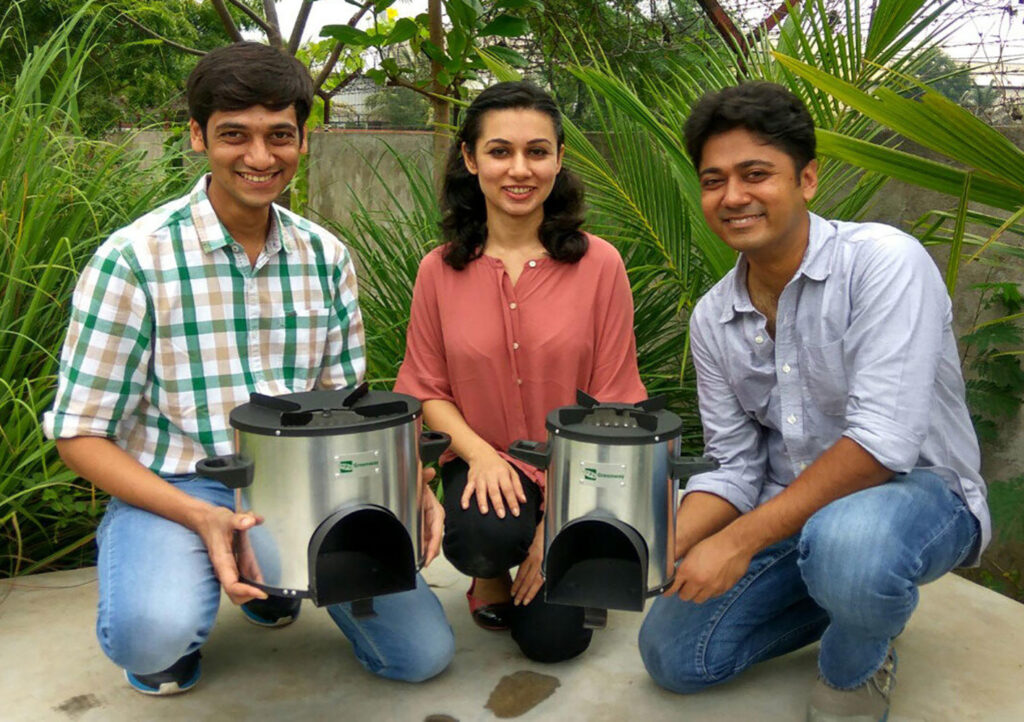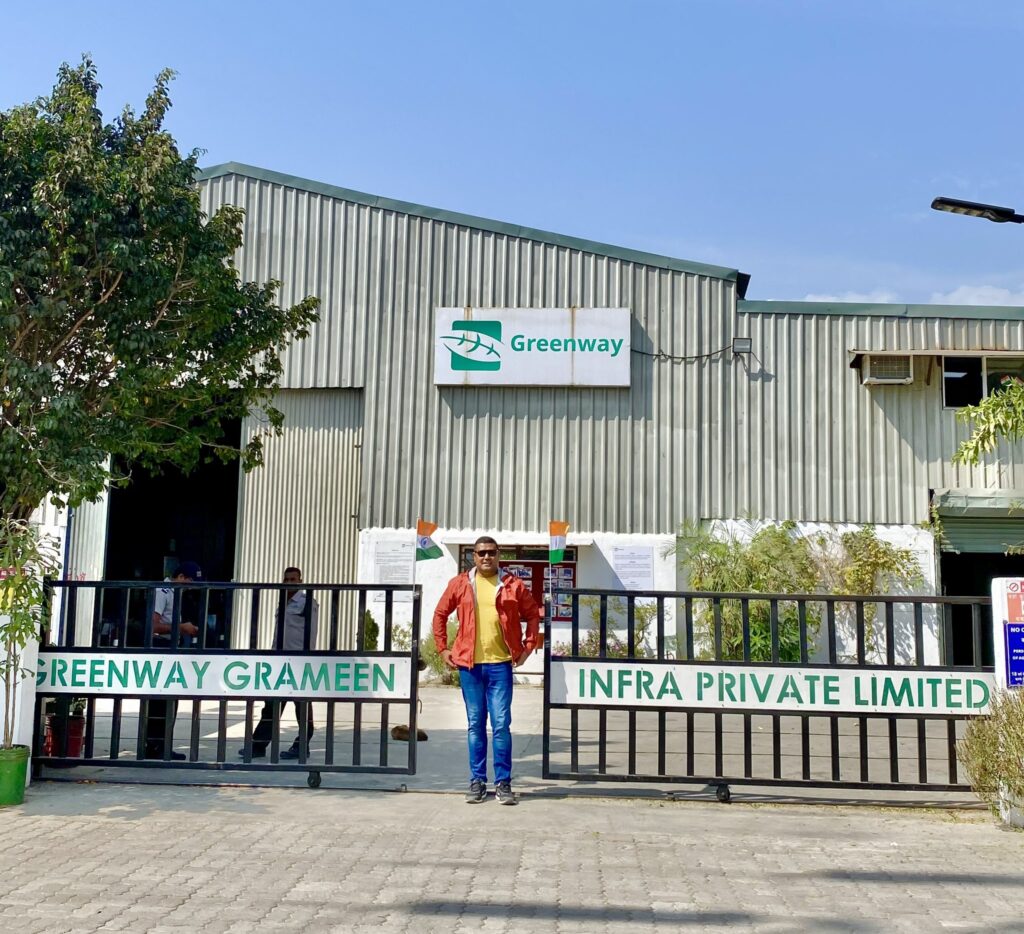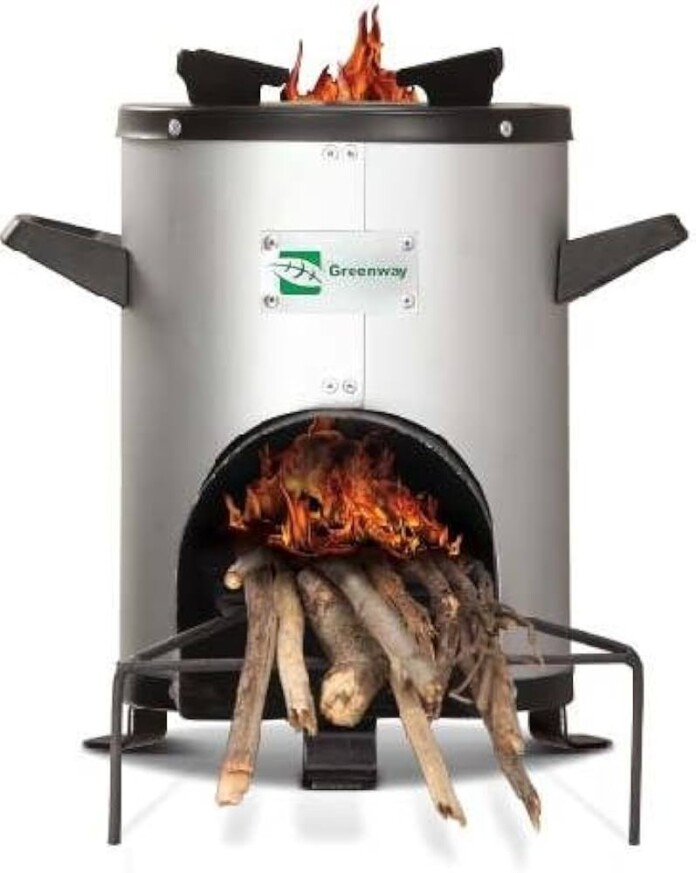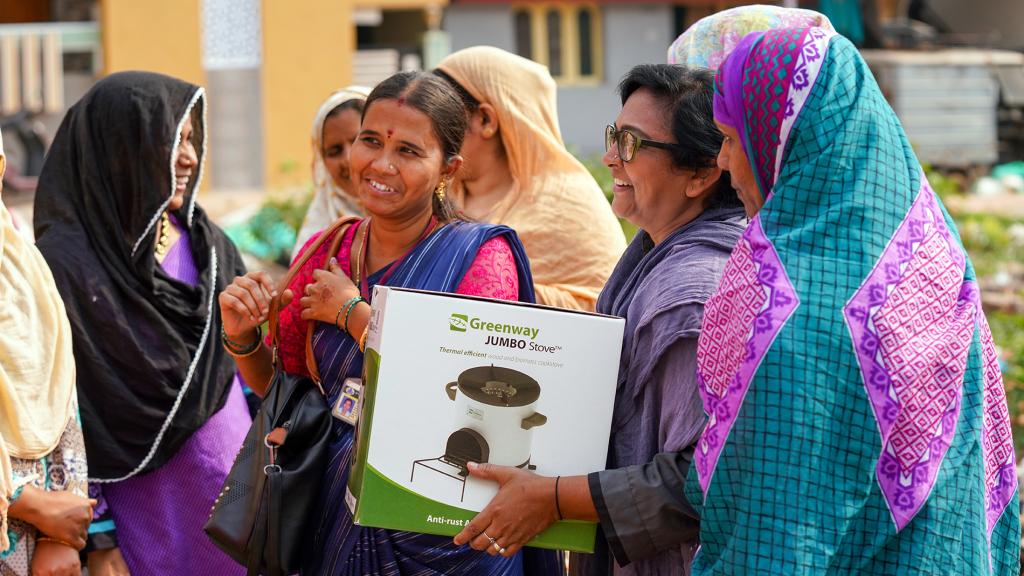Greenway Grameen has been providing sustainable cooking solutions to rural communities since 2010. Founded by Ankit Mathur and Neha Juneja, the company designs and manufactures efficient cookstoves that significantly reduce the amount of biomass required for cooking. By focusing on user-centric design and leveraging local needs and resources, Greenway Grameen addresses the critical issues of health, environment, and economic inefficiencies that stem from traditional cooking methods.
Ankit shares his journey in the clean cooking sector that spans over 14 years with Benedict Paramanand, Editor, SustainabilityNext. Edited Excerpts:
Ankit, you’ve been involved in the clean cooking movement for 14 years now. Could you share how fulfilling this journey has been for you?
It’s been quite a fulfilling journey. I started Greenway Grameen straight out of college with a couple of friends. We aimed to design products specifically for rural households, addressing the underserved segments often overlooked in product design. One of the first issues we tackled was the lack of access to cleaner cooking solutions, and it’s heartening to see the attention this issue has received over the last decade.
Is there still a significant gap between users of clean and unclean cooking methods?
Yes, there is. Despite some progress, a large segment still uses traditional methods like mud cookstoves or open fires. Urban households might have multiple cooking appliances, but rural kitchens often rely on just a mud stove. Though LPG connections have increased due to government initiatives, affordability remains a barrier in rural areas.

Can you give us an idea of how widespread the use of cleaner cooking methods is?
Certainly. Over the last 14 years, about 30 million cleaner cook stoves have been distributed by us. However, data from recent surveys indicate that 40-45% of rural households still primarily use firewood. The gap is substantial, and there’s much work to be done.
What about the Clean Cooking Alliance? What role does it play?
The Clean Cooking Alliance is a global body that serves as a convening and fundraising entity to address the lack of access to cleaner cooking. It started as an initiative focused on wood-burning stoves but has since broadened its scope. While their focus has shifted towards sub-Saharan Africa in recent years, their work in setting standards and engaging with governments on policy has been crucial for manufacturers and consumers alike.
What innovations are included in your products?
Our stoves use unprocessed firewood but are designed to be much more efficient than traditional stoves, reducing the amount of wood needed and significantly cutting down emissions. This design innovation represents a crucial step towards cleaner cooking practices.
What future do you see for cooking solutions in rural areas?
I believe the future will consist of a mix of solutions including cleaner stoves, LPG supported by strong government backing, and increasingly, electric solutions as the cost of electricity, particularly from renewable sources, becomes more competitive.

Could you elaborate on how your work with voluntary carbon markets is impacting users?
Through carbon offset projects, we’ve been able to subsidize the cost of our stoves, making them affordable at just ₹500 for end-users, as opposed to the usual ₹2500 or ₹3000. This approach not only makes clean cooking accessible but ensures ongoing maintenance and support, enhancing long-term usage and sustainability.
Let’s delve a bit deeper into sustainability. While your stoves reduce firewood usage significantly, they do still rely on wood. Can you address the environmental implications?
That’s correct. Our Greenway stoves reduce firewood consumption by up to 65%. While many users are not cutting down trees but collecting fallen wood, the reality is that any wood use has environmental impacts. However, alternative sources like LPG are not always feasible due to irregular income patterns in rural areas. Our solution significantly reduces the quantity of wood used, which is a step towards sustainability within the constraints these communities face.
Speaking of alternative materials, are cow dung cakes usable with your stoves?
Yes, they can be used. They burn more efficiently in our stoves. The trend, however, is that fewer rural households own livestock now, which reduces the availability of dung cakes. This shift is also impacting the viability of biogas setups in rural areas.
What’s the next big innovation Greenway is working on?
We’re actively working to improve our existing products and exploring electric cooking solutions. The aim is to integrate a fan into our stoves to reduce emissions and wood consumption further. We’re seeing promising results in larger commercial models, and we hope to replicate this success in household models. Additionally, as electricity access improves, we’re evaluating the feasibility of induction stoves for rural areas.
Besides cooking, are there other community needs you’re aiming to address?
Absolutely. We’re exploring solutions in information access and household water filtration. For instance, we’re developing a water filter that doesn’t require regular servicing, aiming to provide a sustainable and cost-effective solution for rural homes. These innovations are part of our broader mission to enhance rural living conditions beyond cooking solutions.
Finally, any advice for budding entrepreneurs, particularly on the dynamics of working with co-founders?
A shared vision and ethical alignment are crucial. My co-founder, Neha Juneja, and I have always prioritized transparency and customer fairness over short-term profits. This foundational agreement has been key to our long-term partnership. Effective communication and understanding each other’s roles without overlap also contribute significantly to a harmonious and productive working relationship.
Watch Full Interview – https://youtu.be/D4RQ–rGYDE











